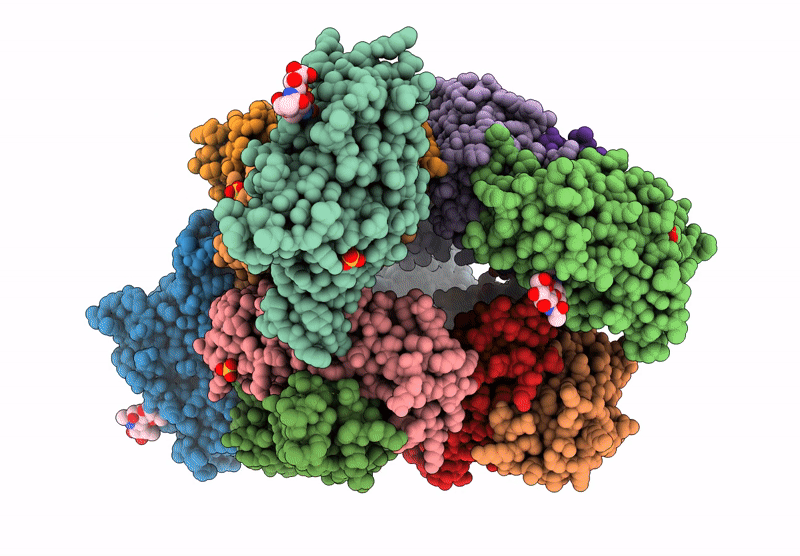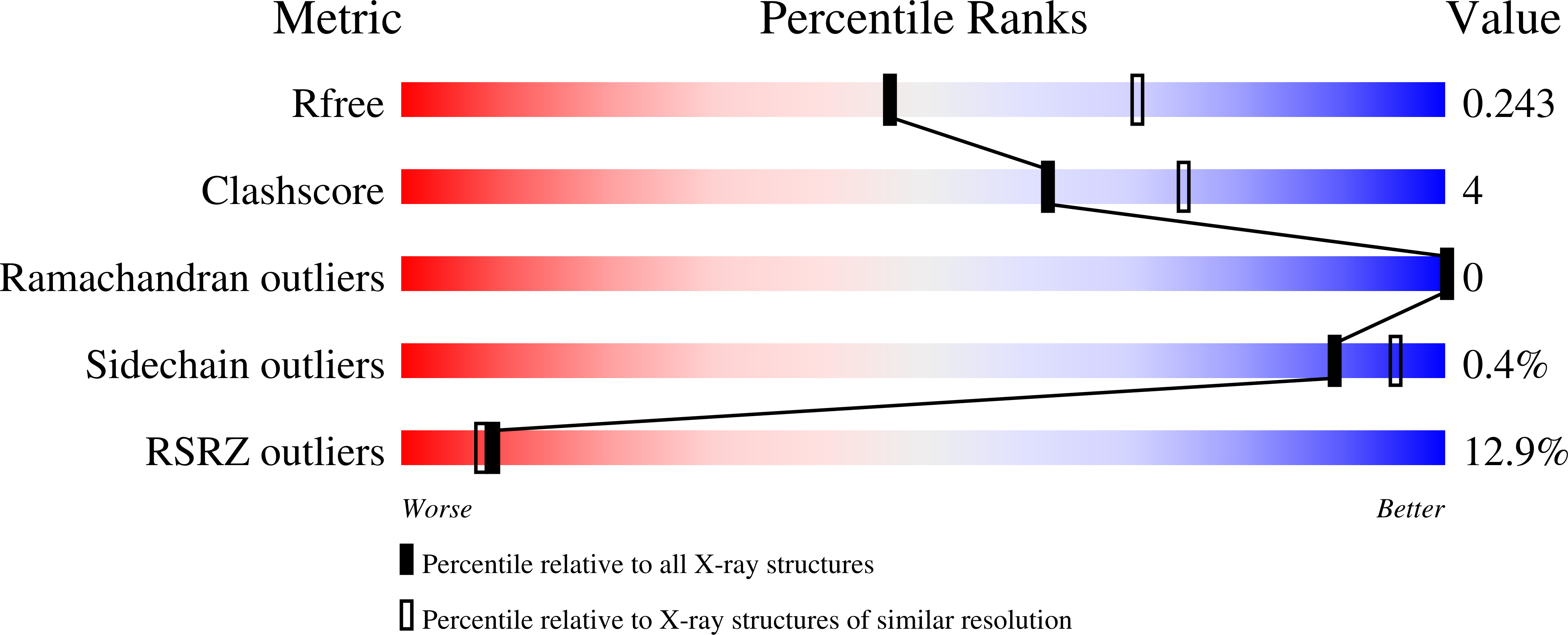
Deposition Date
2024-12-18
Release Date
2025-06-04
Last Version Date
2025-06-04
Entry Detail
PDB ID:
9ML8
Keywords:
Title:
Crystal structure of the SARS-CoV-2 RBD in complex with the rabbit M8b-B1 Fab
Biological Source:
Source Organism:
Severe acute respiratory syndrome coronavirus 2 (Taxon ID: 2697049)
Oryctolagus cuniculus (Taxon ID: 9986)
Oryctolagus cuniculus (Taxon ID: 9986)
Host Organism:
Method Details:
Experimental Method:
Resolution:
2.40 Å
R-Value Free:
0.24
R-Value Work:
0.22
R-Value Observed:
0.22
Space Group:
C 1 2 1


